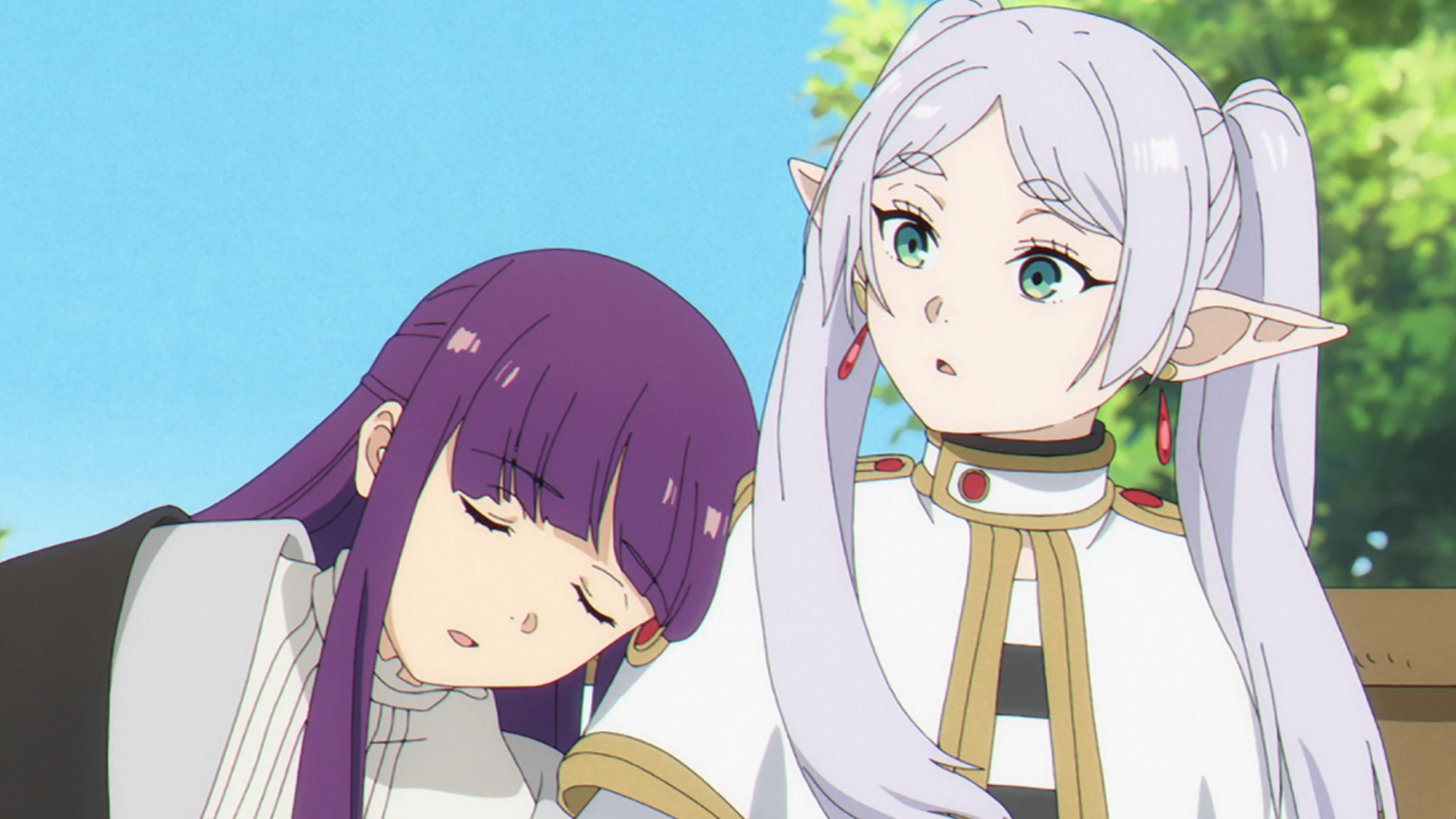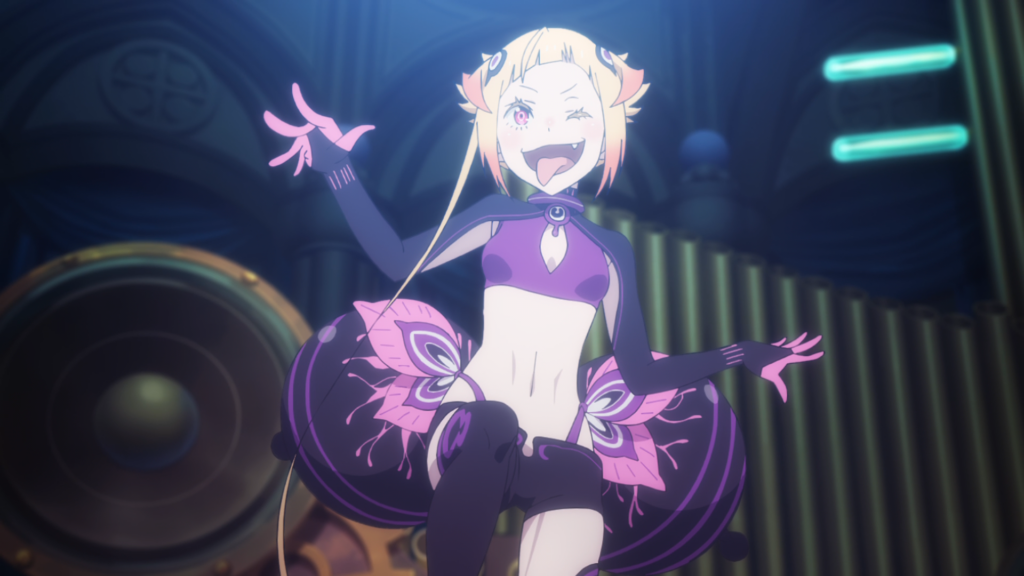
Interview: Look Back Anime Director Kiyotaka Oshiyama on Creating Summer’s Runaway Emotional Hit
Look Back was a runaway hit this summer. More than grossing over $13 million worldwide, it moved viewers and symbolized a passing of the torch in many senses. The will and inspiration in Tatsuki Fujimoto’s original manga were inherited by anime director Kiyotaka Oshiyamawho brought his own vision, leaving streams of tears and notably “I want to keep creating” posts on social media.
Creating the film was no mean feat; Oshiyama directed, storyboarded, and drew a large part of the film’s keyframes. He founded Studio Durian on the principle of keeping a tight-knit team of creators he could grow with, even if it meant that production may otherwise take longer.
There were even worries that many wouldn’t even be able to see it overseas. But those hurdles were cleared with GKIDS’ theatrical rollout and Amazon Prime Video set to stream the film this November. Anime Corner got to talk to Oshiyama about developing the anime and why it’s necessary viewing even for manga readers.
Q: What was your initial conversation with Fujimoto-sensei after you were approached to do Look Back?
Kiyotaka Oshiyama: So, I’ve actually met with him about two times during the progress of the production. The first time it was really just like Studio Durian and him just getting to know each other. It was like a meet and greet, like: ‘Okay, we’re going to be handling the animation of this film.’ Once we got into production, I did ask to clarify or confirm things in the storyboarding process. In the manga, things could be interpreted in a couple of different ways. I just wanted to make sure things were the way he wanted it to be interpreted. After that, when the storyboarding was mostly complete, we showed it to him and asked for his opinions, et cetera.
When we decided that we’re gonna have this opportunity to animate this story, I had some original ideas that I wanted to incorporate into it. So, I asked Fujimoto-sensei’s opinion and if he was okay with it. And actually, Fujimoto-sensei was really great. He was like, ‘Well, Director, if you think it’s gonna work, then go for it.’ He was very supportive. Also, with Fujino and Kyomoto’s character designs, we were like, ‘They’re gonna look like this. How is it?’ Once again, Fujimoto-sensei was like, ‘Yeah, if you think it’s good, then I think it’s good. Go for it.’ There was one thing regarding the character designs — the height was maybe a little different from what he had imagined in his head. But he was very understanding, like ‘Oh, this is how tall they are? Okay, it’s probably easier to animate.’ He was very supportive.

Q: I really want to talk about the soundtrack of the film. I thought that it was stunning and terrifying. As you were imagining scenes for the movie, did you have any reference soundtracks that embodied the emotional weight that you were looking for in the movie?
Oshiyama: Yeah, so I asked Mr. Haruka Nakamura to do the composing. With the storyboard, I actually made a reel out of it: video storyboarding, and then so when I created that video storyboard, I included music and said to Nakamura, ‘This is the kind of image that I have in mind.’ I also talked to the sound director and we each had a different written request for each music piece of the different scenes.
Q: Is it possible to get some of the songs used as inspiration?
Oshiyama: (Laughs) I don’t know if I’m allowed to even say because of copyright issues!? But for the beginning of Look BackI had the main theme of Forrest Gump in mind. You know, where the feather falls yeah… (laughs). So, that’s an example of the kind of music that I asked for, and like when Fujino is rigorously drawing and practicing her drawing so that she wouldn’t lose to Kyomoto, I had the music from Beautiful Mind. Like, it was a really pretty song from Beautiful Mind.
Q: On your partnership with Haruka Nakamura, what conversations did you have to work together to elevate storytelling through animation and music?
Oshiyama: I think the big thing was film scoring. We wanted to make sure the music really matched the anime, especially since with this movie, there’s very little dialogue. I didn’t want the audience to feel left behind. I really wanted the music to show the characters’ emotions. I also wanted the music to be easy to understand for the audience so they could understand what the characters are going through. For example, when Fujino is rigorously practicing her drawing — In the manga, you see her back and she’s at her desk really drawing. It’s a lot of stills, of course, because it’s manga. It’s pretty simple.
But then in the film, we can’t make it simple. I wanted to make sure the music incorporated the fact that she’s working hard. In the manga, I don’t think anything was shown like, ‘Oh, they’re all working so hard.’ It’s portrayed very simply, with the seasons passing by as she’s practicing drawing. I did make sure to be careful to not go overboard with that (her working so hard). Since the manga had so many different ways to interpret how the story is going, I wanted to make sure that the audience would understand what’s going on, even if they only see it once.



Look Back Anime Director Kiyotaka Oshiyama Took the Project on One Condition
Q: You went for a less common approach in animation by preserving the original drawings, even with the shaky lines from the animators. How important is that to you as a creator, and what would you say is the actual value or importance of that to a viewer?
Oshiyama: From the beginning, when Look Back came to us, I really wanted to make sure we used this method of drawing with the lines and having the animators’ key animation be more of the main part instead of using more in-between animation. I wanted to make sure the key animation really shined through. That was the condition to take on this project.
This manga was originally about creators creating art. And it was very relatable. It was very personal to me because, I, myself, as an animator — while it’s different from a manga artist — we still create illustrations to express ourselves. Fujimoto-sensei drew this manga to express his feelings. It’s the same with me. I created this anime film to express my feelings in film. So, it really wasn’t just a method to me. Instead, it really captured the essence of the story of the film.
I don’t know how the audience took it. I don’t know if they were really mindful of how this process was incorporated and how it came across, but the reactions that I’ve seen from the audience have been very positive. And I think maybe, unconsciously, they understand what I was trying to go for. But, you know, last week I was talking to a radio personality and they told me they liked it, and that they also think the audience really understood what we were trying to go for.
In Japan especially, the fans have seen a lot of manga that have turned into anime. So they’re pretty well-versed in how it would probably look like. Even with this manga, when they probably saw, like, ‘Oh, it’s gonna be an animated film,’ they probably had a good idea of what it was going to look like. It sounds like the audience had predicted how it would look, but (in reality) it was way past their expectations in a good way.
I think that was really due to the particular method that we took at Studio Durian. Taking this process of using more of the key animation directly to the screen or directly to the final product, was something that we were really particular with wanting to do. I really think key animation really reflects the emotions of the animator who is drawing it. This movie has a sad part, a little bit of tragedy. It’s supposed to be tear-inducing. I think by using key animation directly to the final product, we were able to invoke more of that emotion in the film.
Q: You also opted for a more direct approach when showing the growing divide between Fujino and Kyomoto: They were holding each other’s hands happily, and then there was another scene where they were holding each other’s hands and then it split apart. Did you see the fact that many people would have already read the Look Back manga as an opportunity to tell the story differently?
Oshiyama: Yeah, I definitely saw the opportunity. Manga is reading right-to-left. It’s easy to read but that expression isn’t really ideal for a film, obviously. I really wanted to make sure that there’s time given to specific parts of the scenes for the audience to feel the emotion. I had to think about how much time is given to this part and that part to invoke those emotions. I really wanted to focus on the relationship between the two. In order to do that, another way to do it would’ve been to use more dialogue but since this is an anime, I should use animation and movement to invoke that sort of emotion. So with the parts where they’re shown holding hands and running multiple times. That was something I was really particular about. I wanted to make sure that we use movement and animation to invoke that kind of fan emotion.
ALSO READ:
Review: Look Back – A Wonderful Story From the Creator of Chainsaw Man




I’m grateful for the opportunity to interview Kiyotaka Oshiyama. The Forrest Gump answer was pretty funny and surprising and captures that (meta-)narrative of creators being inspired by others. There were also a lot of other questions I wanted to ask, so I’ll look forward to Oshiyama’s future interviews and works!
Look Back is currently playing in theaters with tickets available via GKIDS; Amazon Prime Video has acquired the film and will begin streaming it on November 7.
Credits
Interviewer: Chike Nwaenie
Assistance: Tamara Lazic
© Tatsuki Fujimoto/SHUEISHA Inc. © 2024 Look Back Film Partners

